With just two native species
of orchid left to see in Britain (not counting those elusive Ghost Orchids), we
planned a visit during half term to Cors Erddreiniog NNR on Anglesey to find one of my last
remaining species – Pugsley’s Marsh Orchid.
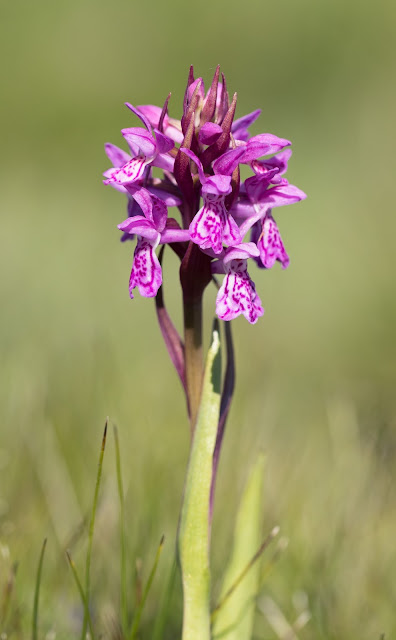 |
| A fine specimen of Pugsley's Marsh Orchid - Anglesey |
Stopping over in Llandudno for
the night, myself and Alex headed over to this fantastic fen reserve the next
day in an effort to locate them, the weather following the trend for the week
and providing us with clear blue skies and glorious sunshine.
Treading the path down through
the reserve gates and over the boardwalk, we had soon found our prize – a large
group of Dactylorhizas nestled within the wet marshy grass right at the end of
the trail.
Consisting of a mix with Early
Marsh Orchids (subsp. Incarnata) present, I was soon able to pick out the
Pugsley’s Marsh Orchids within what I can only presume was a mixture of variations
and Dact hybrids – the marked purple flowers didn’t really seem consistent with
any species!
Never the less, we found a
number of plants that fitted the characteristics of Pugsley’s Marsh perfectly
(Mr Orchid himself Sean also later confirmed from photos) and I happily set
about photographing these delicate and subtle beauties.
Relatively hard to identify
without knowing what to look for, a range of features give Pugsley’s Marsh
Orchids a subtle but distinctive appearance. The flowering spike is usually
distinctly one sided (with all flowers facing roughly the same way) and there
tends to be a limited number (on average 6-14) well-spaced flowers on the
spike.
The lip is also prominently 3 lobed with the central lobe projecting out
as a prominent ‘tooth’, while the few leaves are relatively narrow (hence its
former name of Narrow-leaved Marsh Orchid). The upper stem is also washed
purple, as are the upper bracts, and the whole plant seems to have a rather
delicate appearance.
A number of individuals in the colony should always be
examined to confirm the identity, and Pugsley’s Marsh Orchids rarely bloom as
just a single specimen in a mixed colony of Dactylorhiza.
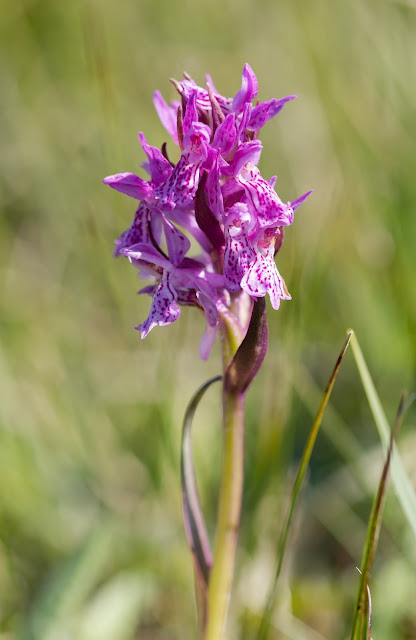 |
| A typically lop sided flower spike |
 |
| Note the purple washed stem and upper bracts. |
I had previously visited Parsonage Moor reserve in Oxfordshire in the search for
Pugsley’s Marsh Orchids, but sadly had only come across what at the time
appeared to be a hybrid. Regardless, with the recent genetic analysis and
revised distribution, this would now have been classes as a subspecies of
Southern Marsh anyway.
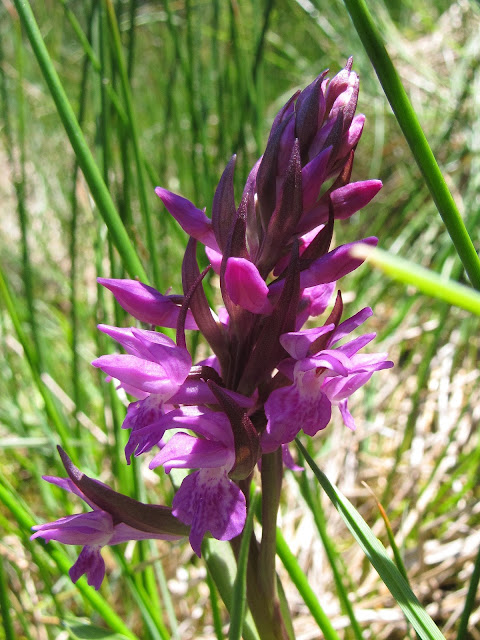 |
| Southern Marsh Orchid at Parsonage Moor |
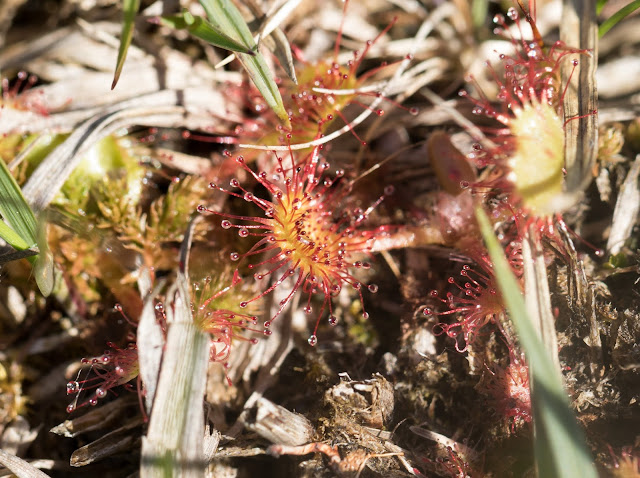 |
| Round-leaved Sundew |
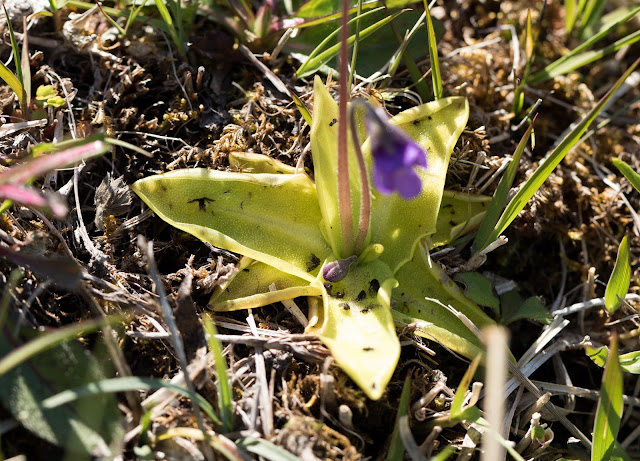 |
| Common Butterwort |
How to get there:
There is no parking at Cors Erddreiniog
itself, but there are spaces in the nearby village of Capel Coch - just a two
minute walk from the reserve entrance gate. The post code for parking is LL73
8PH and the reserve is on the east side of the road down a small track next to
a white cottage. Once through the gate, follow the track down the hill to a
second gate and entrance board sign.
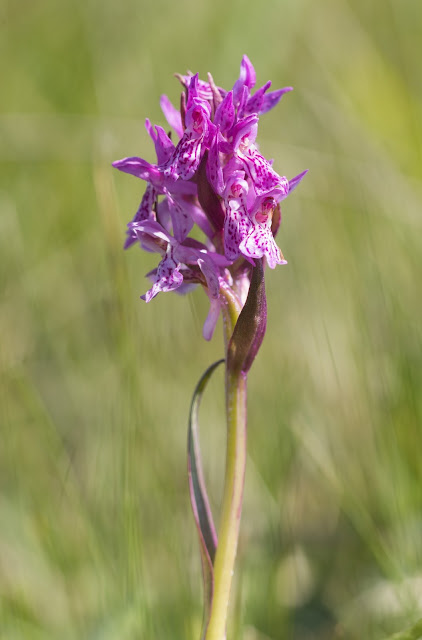
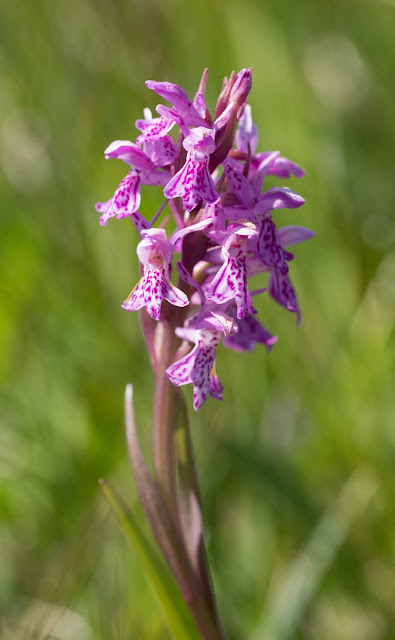
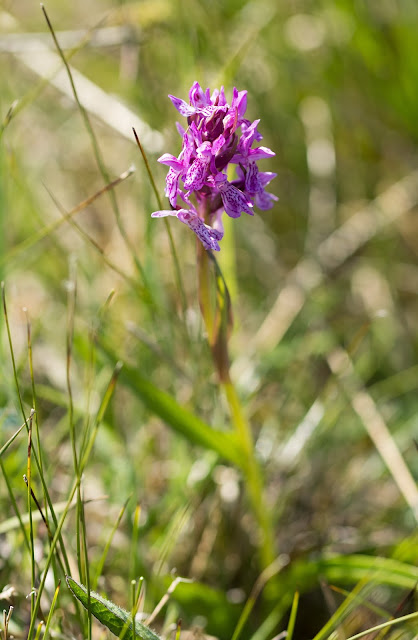
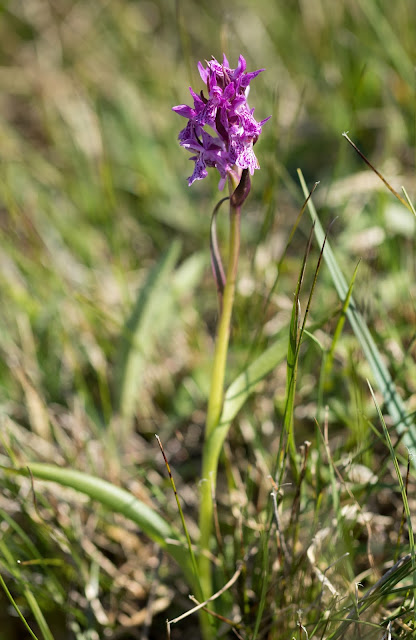
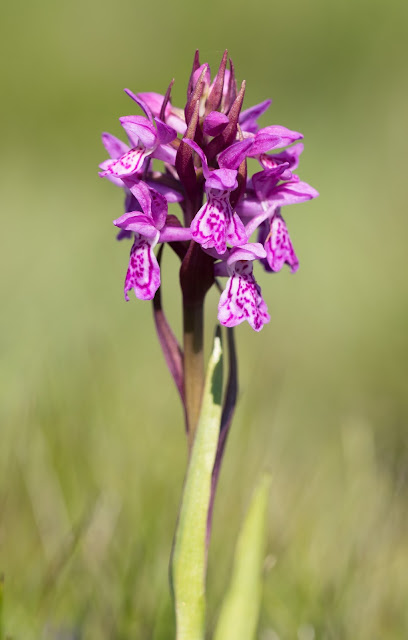
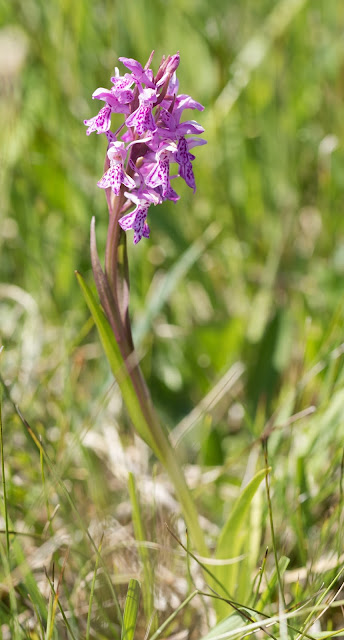

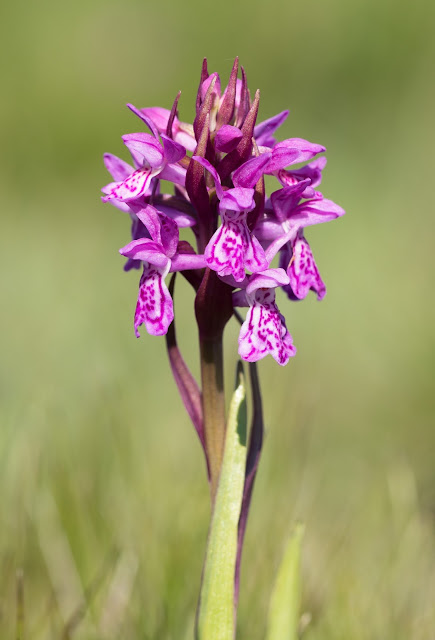
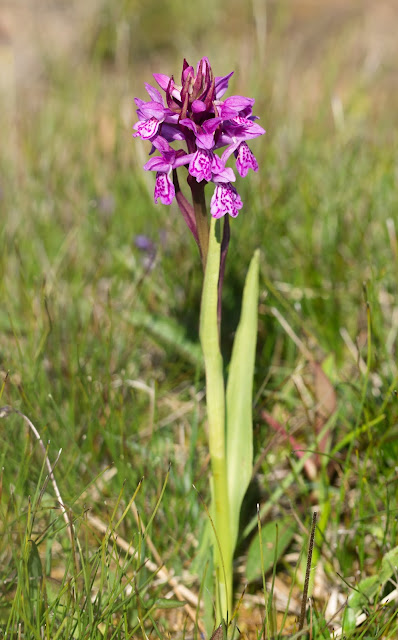

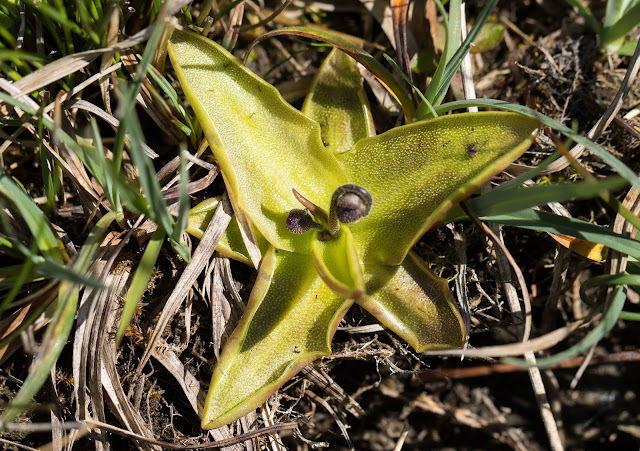
No comments:
Post a Comment